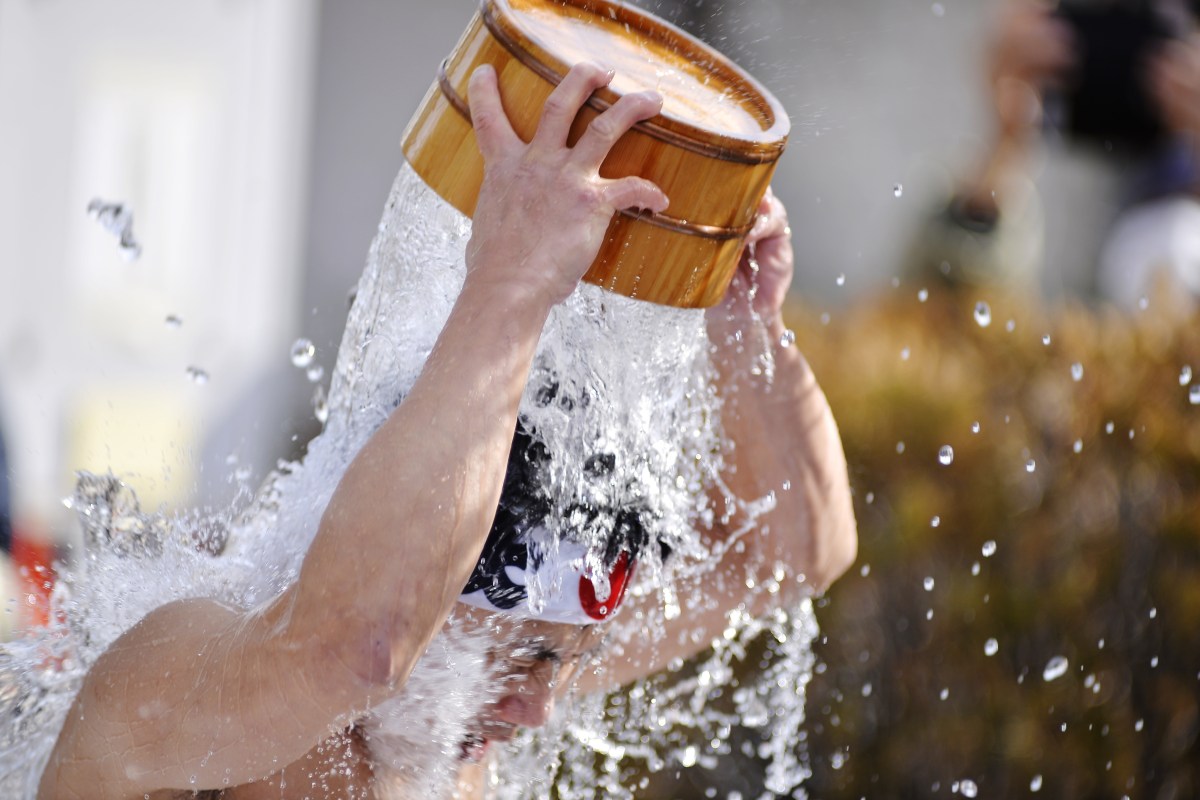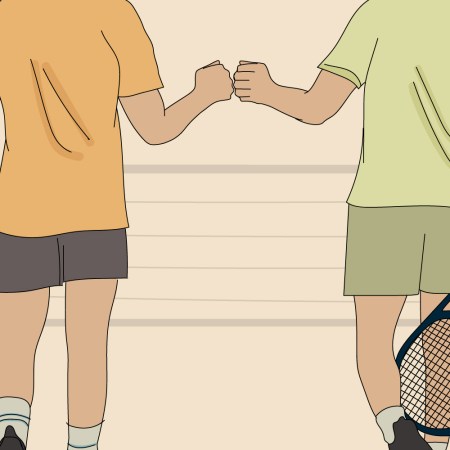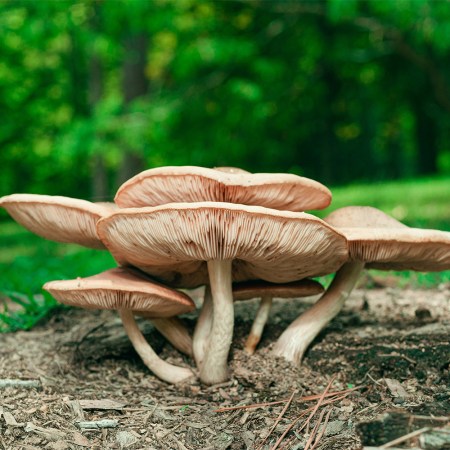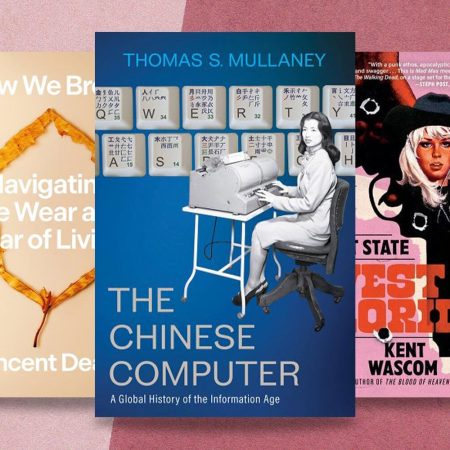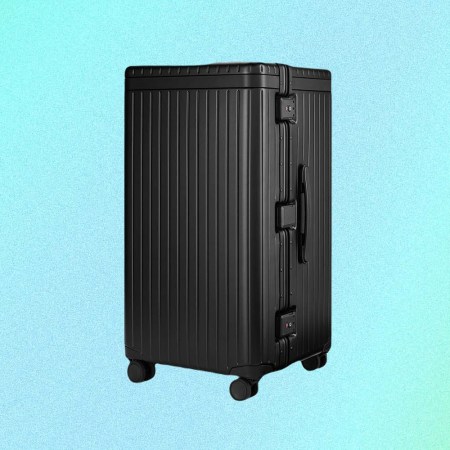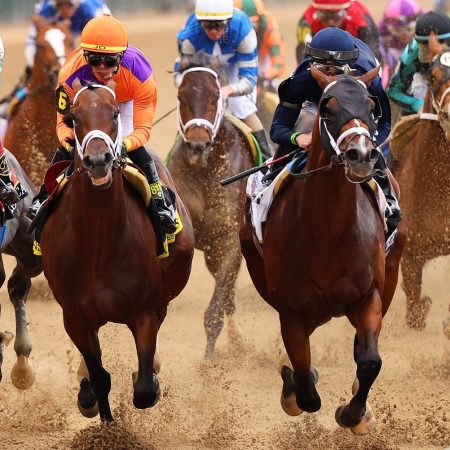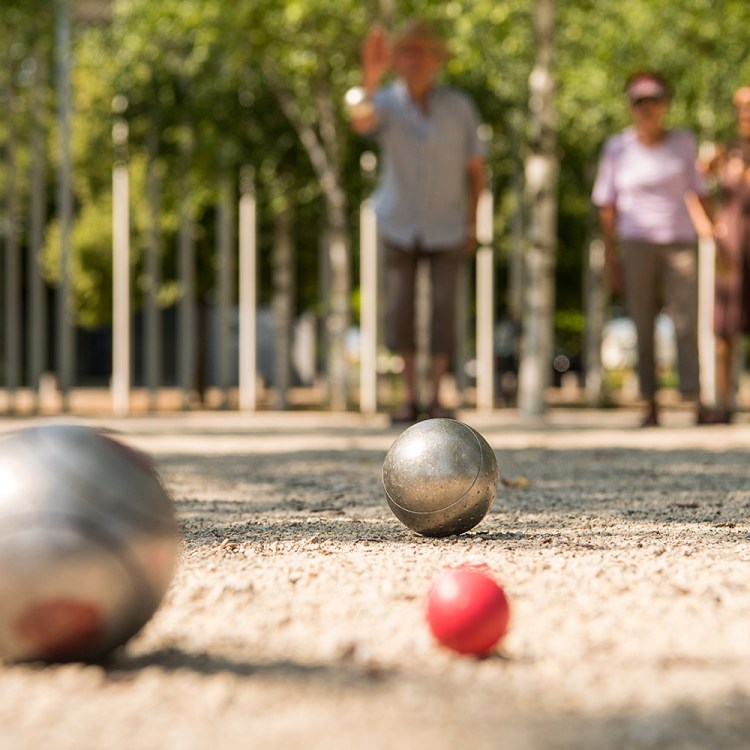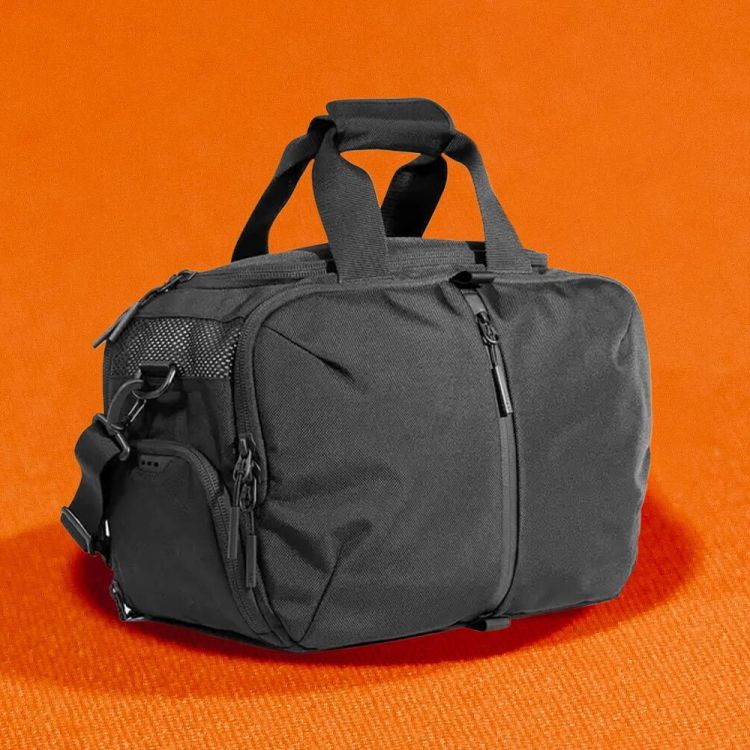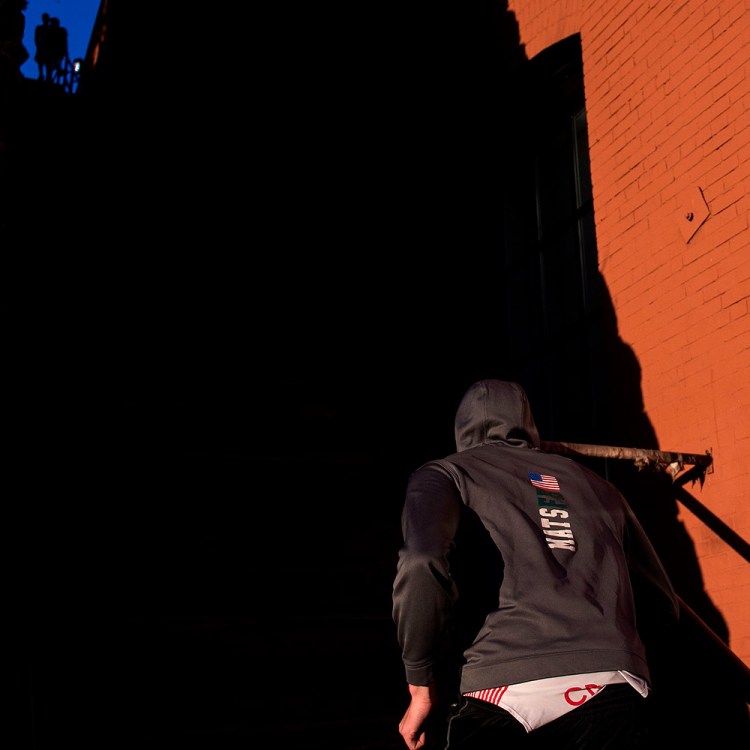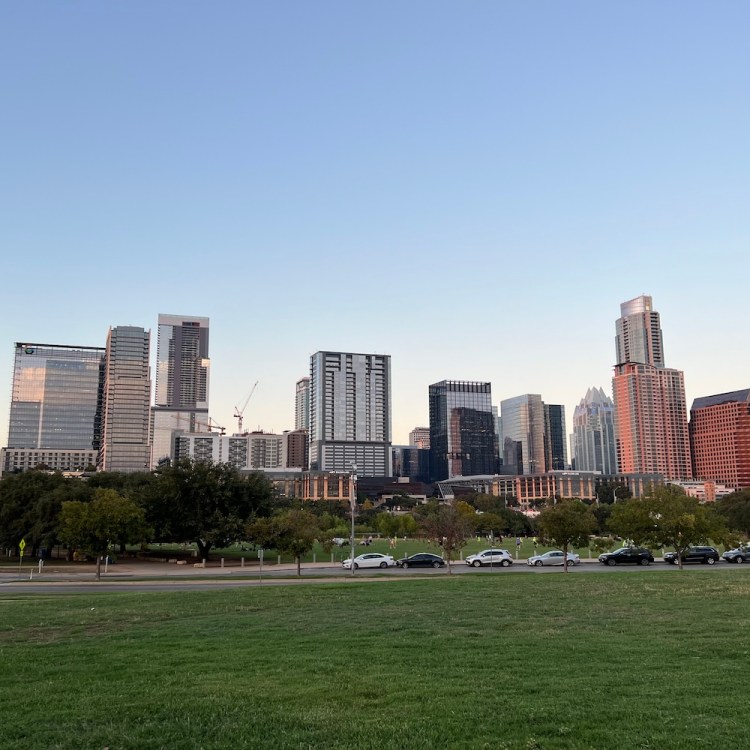Kyle Korver retired from the NBA after the 2019-20 season, with the fifth-most three-pointers made in league history. How did he do it? By finding space; by putting his 6’7″ height and 6’9″ wingspan to good use; by joining teams with great transition passers; by making his corner three virtually automatic.
But to hear Korver tell it, there was something less obvious — and far more spectacular than chucking up 1,000 shots at practice each day — undergirding his excellence and longevity in the league: misogis. Korver is a devotee of the Shinto-inspired tradition, which is most easily defined as doing one crazy-ass thing a year.
Korver’s first misogi was a 30-mile SUP adventure from the Channel Islands to Santa Barbara with a group of friends. He’d only stand-up paddleboarded three times before. Remembering the quest years later in a preseason interview with the Utah Jazz, Korver talked about relishing the challenge, the joys of “getting lost in the details.”
The 42-year-old also once ran a 5K on the ocean floor while clutching an 85-pound rock. As he told Grantland back in 2014: “Each participant would dive down, find the rock, run with it as long as he could and drop it for the next guy to find. Those waiting their turn wore weight belts and tread in water between five and 10 feet deep.” It took his crew five hours. They worried about blacking out and sharks. But they made it.
In this context, it makes a bizarre sort of sense that Korver would credit a misogi with helping him, say, sink threes in 127 games in a row. What’s making a shot, compared to hoisting boulders at the bottom of the Pacific?
One Surefire Way to Boost Your Brain Health This Year
People with a clear sense of purpose score better on this “brain care” cardThe Origin of “Misogi”
A critical point of clarification here: while the Japanese word misogi is now a big-time rallying cry for endurance athletes, performance specialists and longevity experts, it’s originally the name for an ancient, annual Shinto purification ritual. Historically, people have made pilgrimages to waterfalls or natural springs (in Japan, Mount Ontake and Mount Yoshino are particularly popular) to either plunge into the water or drink from it. There are prayers and special dress, sometimes even calisthenics.
Which means, yes, there is almost certainly some cultural appropriation at play here. When people bandy about the term “misogi” on podcasts, they’re borrowing from a spiritual heritage that already existed, and retrofitting a concept for their own annual ambitions.
Is It a Resolution?
Still, the world of wellness is a salad bowl swirling with anecdotes, speeches, butchered quotes, international inspiration, you name it. There’s a ton of Japanese influence in there already. Think: ikigai, kaisen, rajio taisō. If misogi speaks to you, then let it. Its current iteration is a powerful CTA for a sort of latter-day hero’s journey. Planned accordingly, there’s a clear arc from skittish to seasoned. There’s a dragon to slay.
This form of misogi retains the original’s annual connection, as “cleanse yourself for the year” becomes “challenge yourself for the year.” But it shouldn’t be confused with yearly resolutions, as we’ve come to know them. Resolutions are generally attainable, yet we choose to abandon them. (The second Friday of January is called Quitters Day.) You could feasibly enter a year with a handful of resolutions. Perhaps you’d even organize that by design, assuming you’d forgo a few of them. In contrast, a misogi is an undeniable one thing. If you choose not to do it, it’s because you can’t imagine completing it.
But that, of course, is also the reason why people choose to do it. The idea is that putting aside a day (or a string of days) to conquer this one unimaginable quest will provide perspective, confidence, self-knowledge and memory dividends for the hundreds of other days throughout the year. You learn what you’re made of, and then you make more.
Inspo for Next Year
If you bounce around the internet searching for misogis, you’ll find some interesting examples. YouTube channels tackle things like Everesting or running a marathon backwards. When Dr. Marcus Elliott, a renowned physician (who’s worked with Luka Doncic) heard about misogi, he was already sort of on one, out in the backcountry of Wyoming. Now he does one deliberately, every year — check out his interview with outdoorsman Michal Easter here.
Take note: you don’t have to travel far to attempt a misogi. Many of Korver’s efforts revolve in and around the Channel Islands, off the California coast. Use the terrain around you. What would it take you for you to kayak that river or summit that hill? Your ambition can climb in accordance with the years.
And just as today’s crop of misogi artists have taken the word for themselves, feel free to rebrand it for your purposes, too. This doesn’t have to be a physical challenge. At its core, misogi isn’t about posting something impressive to Strava or making a GoPro video. It’s about discovering what you’re willing to take. It’s about learning who you are when things get tough. Think about those adjectives of folklore: brave, clever, resolute. How often do you get to embody them in the every day? This year, find just one day.
Whether you’re looking to get into shape, or just get out of a funk, The Charge has got you covered. Sign up for our new wellness newsletter today.
